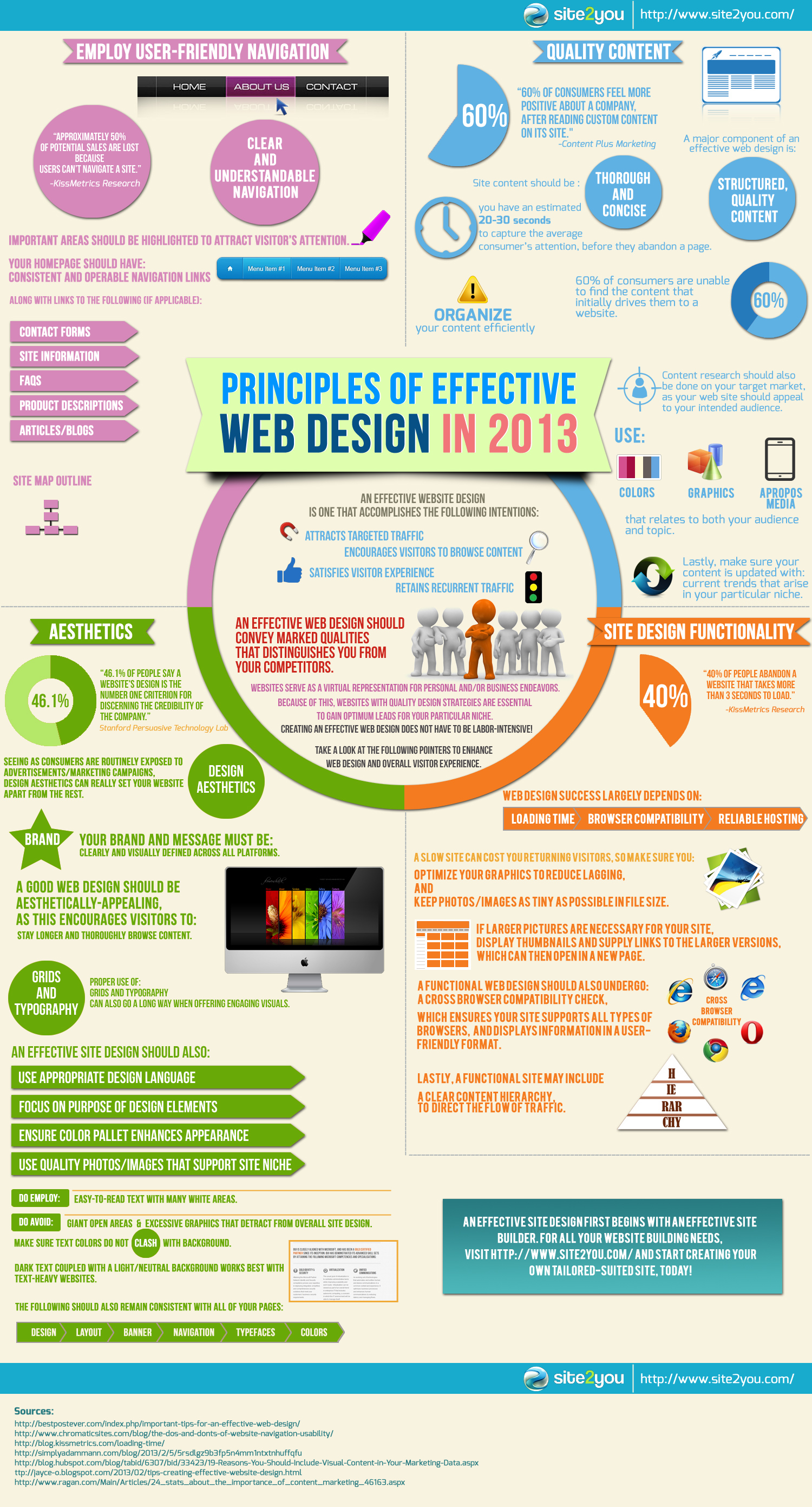Crafting A User-Friendly Site: Methods And Techniques For Website Design Success
Crafting A User-Friendly Site: Methods And Techniques For Website Design Success
Blog Article
Team Writer-Gutierrez Gillespie
Master the art of website design by focusing on customer experience. Craft user-friendly navigation and opt for mobile optimization to improve the surfing experience. Ensure simple navigation with clear headings and attractive visuals. Focus on mobile responsiveness for a constant customer experience. By including these vital layout concepts, you can develop an user-friendly website that astounds site visitors.
Necessary Layout Principles
When making a site, prioritize individual experience above all else. https://whatisseo72840.weblogco.com/29945702/how-to-pick-the-right-local-search-engine-optimization-provider-for-your-service ought to be to create a smooth and enjoyable experience for your visitors. Start by ensuring that your internet site is very easy to browse. Usage clear headings, arranged menus, and user-friendly buttons to guide customers via your content effortlessly. Remember, simpleness is key. Stay https://cesarlgaup.onzeblog.com/29877032/unlock-the-full-possibility-of-your-site-by-making-use-of-expert-on-page-search-engine-optimization-strategies-to-enhance-your-online-visibility-and-involve-your-target-market-properly of littering your web pages with unnecessary components that can overwhelm or perplex your audience.
One more vital style concept is to make certain your web site is aesthetically attractive. Pick a cohesive color pattern, top notch pictures, and understandable typefaces to enhance the overall appearance of your website. Consistency is crucial in establishing a solid brand identification and making your website extra unforgettable to individuals.
Additionally, focus on mobile responsiveness. With even more individuals browsing the web on their smartphones and tablet computers, it's vital that your internet site looks and operates well on all tools. Evaluate your website on various screen dimensions to guarantee a seamless experience for all users. By concentrating on these necessary layout principles, you can produce a straightforward site that maintains visitors returning for even more.
User-Focused Navigating
To boost customer involvement and streamline their browsing experience, prioritize producing instinctive navigation pathways that lead visitors seamlessly via your web site. Clear and well-organized navigating is important for assisting customers locate the details they need swiftly and effectively. Beginning by keeping your menu framework straightforward and understandable. Use detailed tags that clearly indicate what web content can be discovered under each menu option. In addition, consider carrying out dropdown food selections for subcategories to avoid overcrowding the primary navigation bar.
Another vital element of user-focused navigating is the use of breadcrumbs. Breadcrumbs are a secondary navigation help that shows individuals their existing place on the web site and allows them to conveniently navigate back to previous web pages. This attribute is particularly handy for individuals who enter your site via a deep link or an online search engine outcome.
Furthermore, integrating search performance prominently on your internet site can additionally enhance individual navigating. custom website design services allows individuals to promptly discover certain content without needing to click with numerous pages. Make certain that your search bar is conveniently visible and obtainable on every page of your website for maximum functionality. By prioritizing user-focused navigating techniques, you can develop a more user-friendly and enjoyable browsing experience for your site visitors.
Mobile Optimization Techniques
Consider maximizing your website for mobile phones to make sure a seamless user experience across various screen dimensions. Mobile optimization is vital in today's digital landscape where a considerable section of web browsing happens on smartphones and tablets.
To improve mobile functionality, begin by applying receptive style techniques. This strategy allows your internet site to adjust to various screen measurements, maintaining performance and visual appeals.
Focus on optimizing packing times for mobile individuals. Slow-loading websites can discourage visitors and impact your search engine positions. Compress images, decrease HTTP requests, and utilize web browser caching to enhance loading rate. Additionally, prioritize content pecking order for mobile displays. Ensure that essential details is prominently displayed, and navigation is user-friendly, promoting simple access to key areas.
Make use of touch-friendly aspects such as bigger buttons and streamlined kinds to facilitate communication on mobile devices. Conduct detailed testing throughout different mobile platforms to identify and fix any type of functionality problems.
Conclusion
To conclude, mastering the art of web design is critical for producing an easy to use website. By incorporating necessary layout concepts, user-focused navigating, and mobile optimization strategies, you can ensure a seamless and delightful experience for your visitors.
For example, a local pastry shop saw a 30% increase in on the internet orders after revamping their website to be extra user-friendly and mobile-responsive. Remember, a properly designed web site can make all the difference in attracting and maintaining consumers.
